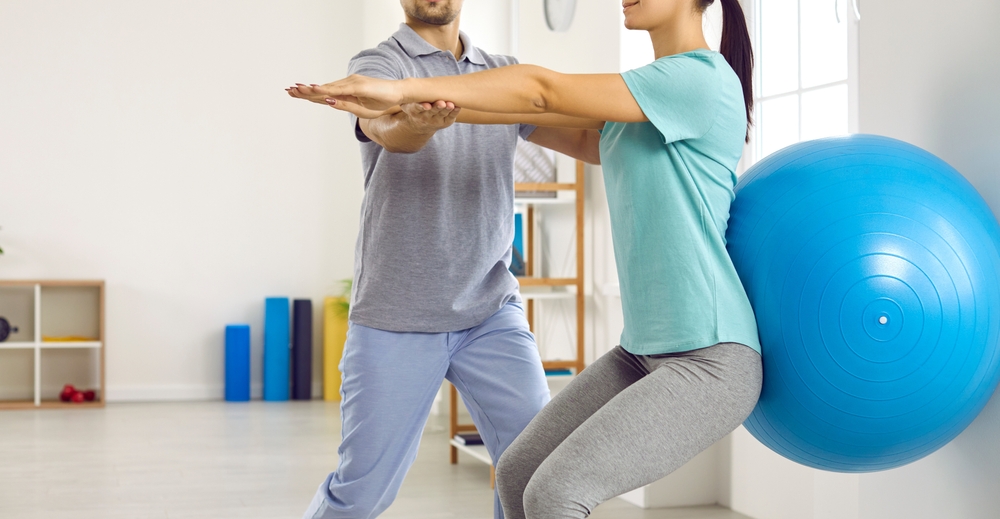Introduction:
In today’s sedentary lifestyle, poor posture has become a prevalent issue, leading to a myriad of health problems such as back pain, neck strain, and decreased mobility. However, with the right exercises and techniques, it’s possible to optimize posture, enhance alignment, and alleviate aches and pains. In this comprehensive guide, we explore a range of effective exercises and strategies to help you improve your posture and enjoy a healthier, more pain-free lifestyle.
Understanding Posture and its Importance:
Posture encompasses the alignment of our bodies whether we are standing, sitting, or lying down. Good posture involves maintaining the natural curves of the spine, shoulders back, and chin parallel to the ground. Proper alignment not only enhances physical appearance but also plays a crucial role in preventing musculoskeletal issues and promoting overall well-being. By optimizing posture, individuals can reduce stress on muscles and joints, improve breathing and circulation, and even boost confidence and self-esteem.

Effective Exercises for Enhancing Alignment:
1. Core Strengthening:
A strong core is essential for maintaining proper posture, as it provides stability and support to the spine. Exercises such as plank variations, bird dogs, and abdominal crunches target the muscles of the core, helping to strengthen and stabilize the torso.
2. Back Extensions:
Back extension exercises help counteract the effects of prolonged sitting and slouching by stretching and strengthening the muscles of the back. Examples include Superman pose, cobra pose in yoga, and prone back extensions on an exercise ball.
3. Shoulder Retraction and Activation:
Many individuals experience rounded shoulders due to poor posture habits and muscle imbalances. Shoulder retraction exercises, such as band pull-aparts, reverse flyes, and wall angels, help activate and strengthen the muscles of the upper back, improving posture and reducing shoulder tension.
4. Hip Flexor Stretching:
Sitting for extended periods can lead to tight hip flexor muscles, which can contribute to poor posture and lower back pain. Incorporating hip flexor stretches into your routine, such as lunges, kneeling hip flexor stretches, and pigeon pose in yoga, can help alleviate tension and improve hip mobility.
5. Chest Opening Exercises:
To counteract the effects of rounded shoulders and forward head posture, it’s important to stretch the muscles of the chest and shoulders. Chest opening exercises, such as doorway stretches, chest expansions with a resistance band, and yoga poses like camel pose and bridge pose, help release tension in the chest and promote better posture.
6. Mind-Body Connection:
Beyond physical exercises, cultivating a strong mind-body connection is crucial for optimizing posture and alignment. Incorporating practices such as yoga, tai chi, or Pilates can help improve body awareness, mindfulness, and breath control, all of which are essential for maintaining proper posture. These practices not only strengthen muscles and improve flexibility but also promote relaxation and stress reduction, further supporting optimal alignment.
7. Consistency and Patience:
Achieving lasting improvements in posture requires consistency, patience, and a commitment to long-term habits. While certain exercises may provide immediate relief, significant changes in posture often take time and dedication. It’s important to approach posture optimization as a journey rather than a quick fix, embracing small victories along the way and remaining patient with yourself throughout the process. By staying consistent with your exercises, mindful of your posture, and patient with your progress, you can gradually transform your posture and experience the benefits of improved alignment for years to come.
Strategies for Integrating Exercise into Daily Life:
In addition to specific exercises, adopting healthy habits and ergonomic practices can further support optimal posture and alignment:
– Make it a habit to take frequent breaks from sitting and integrate physical activity throughout your day.
– Use ergonomic furniture and accessories, such as an adjustable desk chair and ergonomic keyboard, to support proper alignment.
– Practice mindfulness and body awareness to notice and correct posture throughout the day.
– Invest in supportive footwear and consider orthotic inserts if necessary to promote proper alignment from the ground up.

Conclusion:
Optimizing posture is essential for overall health and well-being, and incorporating effective exercises and strategies into your routine can make a significant difference. By strengthening core muscles, stretching tight areas, and practicing mindful alignment, individuals can improve posture, alleviate aches and pains, and enjoy a more active and pain-free lifestyle. Remember to listen to your body, be consistent with your efforts, and seek guidance from a qualified healthcare professional if you experience persistent pain or discomfort. With dedication and perseverance, you can achieve lasting improvements in posture and reap the benefits of better alignment for years to come.


